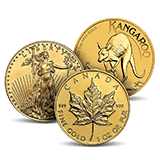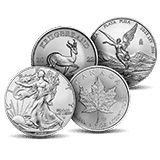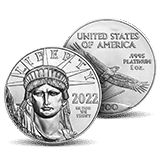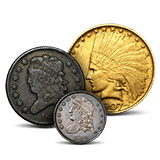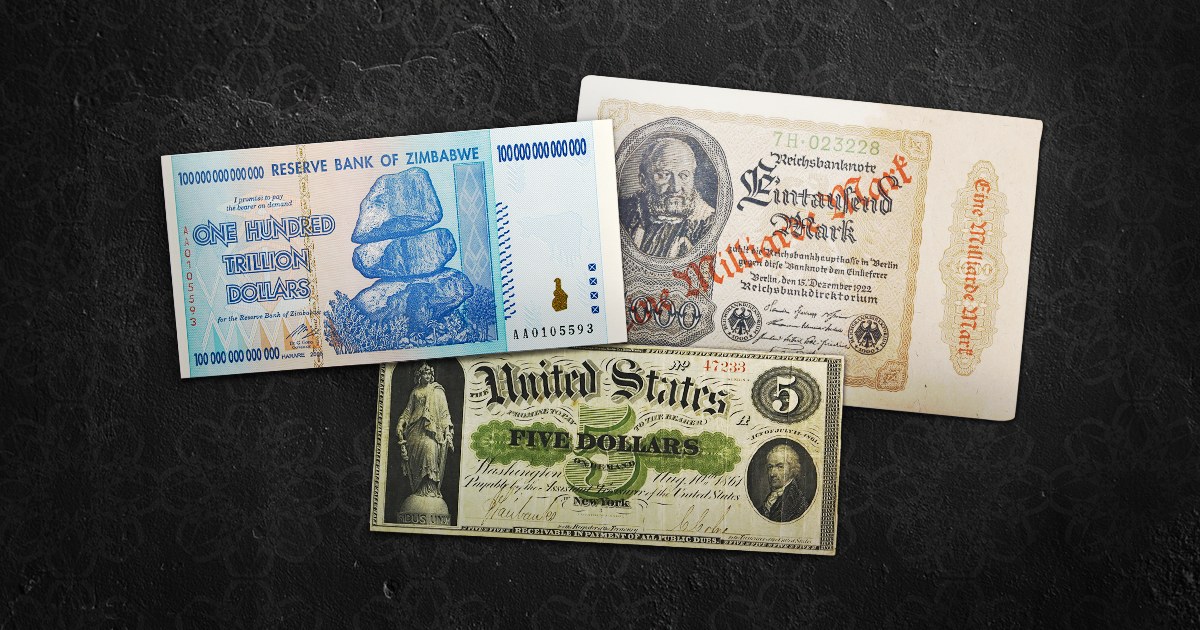
Currency debasement is a decline in a currency’s value caused by reductions in its intrinsic worth or excessive expansion of its supply. Historically, this has been implemented by lowering the precious metal content in coins, but today, it’s often the result of monetary policy decisions. Although it has been used as a short-term fiscal tool, debasement frequently undermines long-term stability, fueling inflation, diminishing purchasing power, and triggering widespread economic instability.
How is Currency Debased?
Currency debasement can occur through both physical and monetary means. In earlier societies, it involved manipulating the metallic content of coins. In modern economies, it often arises from unrestrained monetary expansion.
Physical Debasement of Coinage
Coin Clipping
Coin clipping involved shaving metal from the edges of coins to recover some of their gold or silver.
Plugging
Plugging also removed precious metal from a coin, but it was punched out of the middle, and then the faces of the coin were hammered to close the hole. Sometimes, plugging was done by sawing a coin in half and welding it back together after removing the plug.
Alloying
Authorities diluted precious metals with base metals (e.g., copper or billon) while maintaining face value. This reduced the coin’s intrinsic value while temporarily preserving credibility.
Monetary Expansion
Unbacked Currency Printing
In fiat currency systems, governments can expand the money supply beyond productive capacity. Without the economic output to support it, this expanded supply dilutes value.
Quantitative Easing
Quantitative easing reduces interest rates and inspires economic growth. While QE can be a stabilizing tool in deflationary environments, repeated or excessive use without corresponding growth may degrade currency credibility over time.
Debasement is frequently a response to political, military, or economic crises, but its real risk emerges when confidence in the issuing authority erodes.
Historical Context of Debasement
Patterns in Currency Debasement
Despite differences in setting, several recurring patterns emerge across historical and modern examples of currency debasement. These patterns are often cyclical, beginning with fiscal stress and ending, when uncorrected, in economic breakdown.
Triggering Event
Major wars, large-scale infrastructure programs, external debt obligations, or domestic political instability often precede debasement. These events drive governments to seek extraordinary financing methods to maintain stability and confidence.
Monetary Expansion
Unable or unwilling to raise taxes or cut spending, governments or central banks add more currency to the circulating money supply. This can be done through direct printing, issuing debt purchased by the central bank, or weakening metallic coin standards.
Inflation Emerges
With more money chasing the same number of goods and services, prices begin to rise. Initially, inflation may be tolerated or dismissed as temporary.
Confidence Collapses
As inflation accelerates and the currency loses purchasing power, the public begins to hedge by buying foreign currencies, gold, or hard assets. In extreme cases like Zimbabwe, parallel economies emerge where the official currency is no longer used.
Institutional Breakdown or Reform
If authorities respond credibly by reducing deficits, restoring central bank independence, or stabilizing the currency, confidence can be restored. If not, a full monetary collapse may follow.
Social and Political Fallout
Economic instability often leads to political turnover and declining trust in institutions. In many cases, currency debasement has been a precursor to broader governance crises.
These steps rarely unfold in isolation. They often feed into one another in a self-reinforcing cycle that can spiral out of control if not halted early by decisive, transparent, and coordinated action.
Debased Currencies
Ancient Rome
To fund its military expansion, Rome reduced the silver content in its denarius, and the reduction grew severe by the 3rd century AD. Inflation spiked, public trust deteriorated, and the barter replaced coinage in many regions. Hoarding of genuine silver coins became common, deepening the crisis.
United States During the Civil War
To finance the Union war effort, the government issued greenbacks, a fiat currency not backed by gold or silver. Inflation followed, but postwar reforms, including a return to the gold standard, helped restore credibility. The U.S. case illustrates how debasement doesn’t have to end in collapse if institutions remain intact and corrective action follows.
Weimar Republic (Germany, 1920s)
Burdened by WWI reparations and lacking tax revenue, the Weimar government printed massive amounts of paper money. By late 1923, hyperinflation had rendered the Weimar mark virtually worthless. Workers were paid daily, and the currency was used for fuel or wallpaper. The scale of the collapse triggered deep social and political destabilization.
Zimbabwe (2000s)
Hyperinflation in Zimbabwe peaked in the billions of percent because of unrestrained money printing, collapse of productive agriculture, and political dysfunction. The Zimbabwe dollar was so inflated that a $100 trillion note was introduced, which could scarcely buy a loaf of bread. As the currency became unusable, citizens turned to bartering or foreign currencies.
Modern Debasement Without Hyperinflation
Not all debasement leads to runaway inflation. In some advanced economies, gradual degradation of purchasing power has occurred under controlled monetary regimes.
U.S. Dollar (Post-1971)
After President Nixon ended gold convertibility in 1971, the U.S. transitioned fully to fiat currency. Since then, the dollar has lost more than 80% of its purchasing power. Though not hyperinflationary, persistent inflation has eroded real wages and retirement security for many Americans.
Japanese Yen (2010s)
Faced with decades of stagnation, Japan deployed aggressive QE and even negative interest rates. While the yen gradually weakened, inflation remained subdued. This case demonstrates how central banks can debase currency in a deflationary context without immediate price surges, but with long-term trade-offs.
Turkish Lira (2020s)
Political interference in central banking, coupled with high inflation and investor flight, has severely weakened the lira. Though inflation has not reached Zimbabwean levels, Turkish consumers have seen their cost of living rise dramatically, with confidence in the lira faltering.
Currency debasement, whether subtle or catastrophic, erodes the foundational trust that economies rely on. The lesson throughout time is clear: maintaining the integrity of a currency is largely reliant on discipline, credibility, and the will to act.

